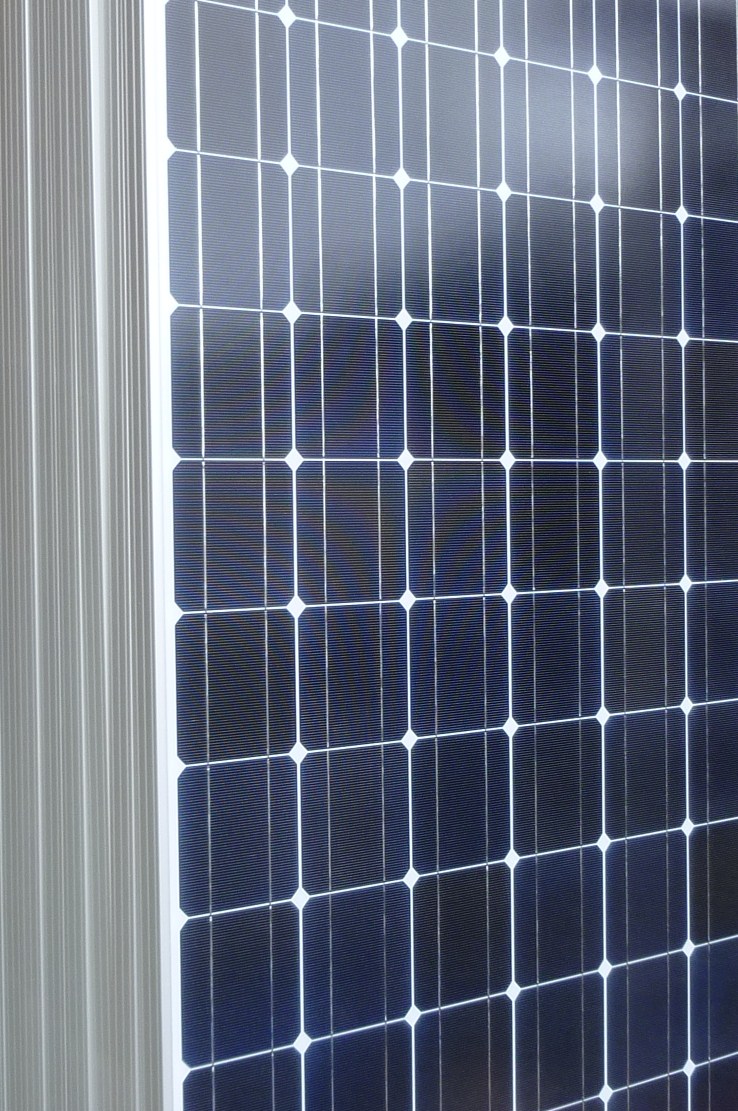A lot of attention has been given to the graphene in recent months. The product of an experiment in a Manchester University laboratory only eight years ago, graphene has quickly risen to be the star of material science. Stronger than any known substance, light and flexible, superconducting, and photoelectric graphene is a material with green credentials that other materials can only dream of . It is no less than a miracle material and something of a hope for environmentalists. The range of products that are currently being developed include super efficient solar panels, light but strong fuel efficient aircraft and cars, and super efficient transistors. But what is graphene?
Graphene is a sister of graphite and an allotrope of carbon only a single atom in depth. Its strength results from the four covalently bonded electrons that secure each carbon atom in place in a nanoscale honeycomb. This arrangement of atoms makes graphene so strong that a sheet of graphene the thickness of cellophane would be sufficiently strong that an elephant sitting on a sharpened pencil would not pierce through the sheet. Its arrangement of atoms also makes it fantastic at conducting, the quantum science of the material producing something called fermions which are essentially fast as light electrons. Furthermore graphene has no band gap, so every wavelength of light that falls upon its surface will produce a photoelectric effect.
![Graphene and Its Fascinating Attributes [Hardcover] Graphene and Its Fascinating Attributes; Editors: Swapan K. Pati, Toshiaki Enoki, C. N. R. Rao](https://sustainablesuburbia.net/wp-content/uploads/2012/03/graphene.jpg)
Yet despite all this green potential there has been a little discussed downside to graphene. In science every light source produces a shadow as they say, and graphene’s shadow has been quite large. The problem of graphene, and the thing that diminishes much of its environmentally friendliness, is the problem of production. Production on an industrial scale uses highly toxic hydrazine vapour to reduce graphene oxide. Graphene, the darling of environmentalists, is born in a cloud of poisonous gas.
Or so it used to be, for in a piece of inspired research conducted at Toyahashi University in Japan graphene has been produced using bacteria found in river sediment. The research team were able to produce small flakes of the one atom deep nanomaterial after spreading the bacteria onto plates of graphene oxide. The discovery means that the natural respiration process of microorganisms can be used to reduce graphene oxide to graphene, and graphene’s green status can be restored.
In addition, another piece of research to come to light in recent weeks has shown graphene to be piezoelectric. Piezoelectricity is the capacity of a material to produce electricity through movement, alter the shape of graphene and you will produce a current. So in the future you can expect your solar panels to produce electricity in a twofold way; through sun light and through the gentle movement of them fluttering in the wind.
Anyone serious about green technology and environmentalism should pay further attention to the trajectory of graphene. This substance is set to change the way we live over the next twenty years. Remain in the dark on this subject and you will surely miss something special.
2 thoughts on “How Graphene Just Got Greener”
Comments are closed.





Thanks for an interesting article. It was very good read. I really like graphene related news. Recently I have found an interesting blog about it. Maybe you can send them this. I bet it would be nice addition.
Thanks for an interesting article. It was very good read. I really like graphene related news. Recently I have found an interesting blog about it. Maybe you can send them this. I bet it would be nice addition.